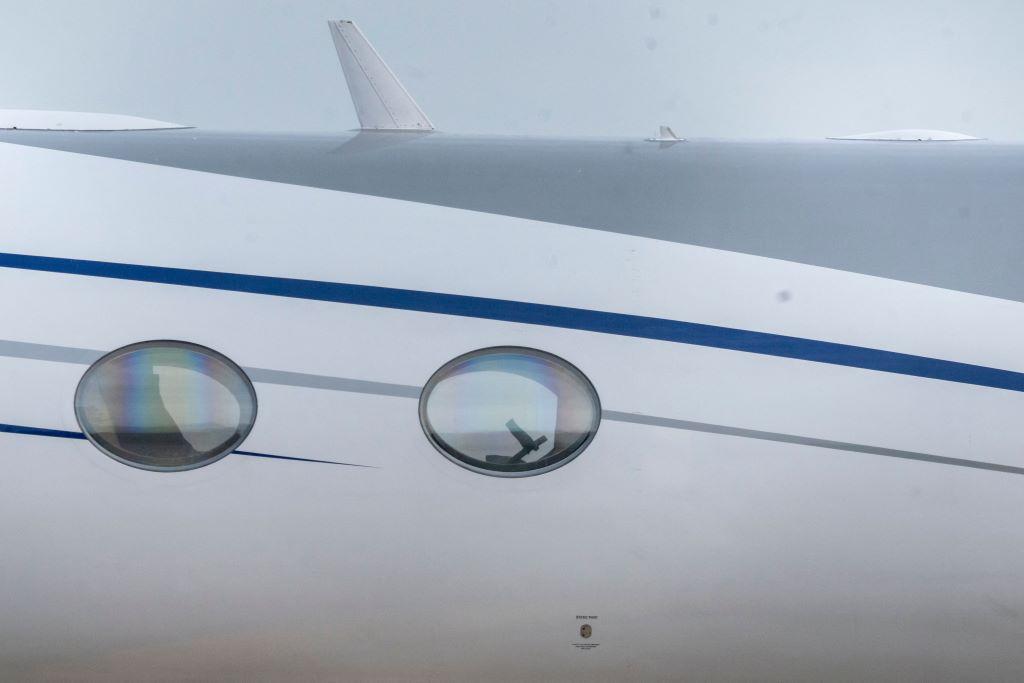
Over the last century, aviation has developed a remarkable safety record, but there is always room for mitigation to ensure it stays that way.
A reoccurring point of concern comes in the case when pilots must execute a go-around maneuver. Though relatively rare in day-to-day operations, they are necessary from time to time. Sometimes, go-arounds don’t go quite as planned. In any case, pilots must be prepared when an approach or landing doesn’t go right the first time.
In early 2020, a French Bee flight operating an Airbus A350-900 from San Francisco to Paris executed a go-around after a wind shear warning. Though the aircraft landed safely 15 min. later, the aircraft lost speed and altitude when executing the maneuver, two things that cannot be spared so freely in such a critical phase of flight. An investigation found that the First Officer went silent when the captain was calling out commands, frozen from being overwhelmed with task saturation.
Dr. Barbara Holder, an associate professor and presidential fellow at Embry Riddle Aeronautical University (ERAU), has been researching how to better practice go-around procedures in conjunction with the FAA for the past three years. After numerous trials on Boeing 737 and Airbus A320 simulations, she and her team have determined that go-around procedures typically do not allow pilots to give enough attention to the flight path due to the task saturation of other less immediate variables.
“We need to take a principled approach to the design of operational procedures,” Holder says. “They haven’t received the human factors attention they deserve, which is critical to the operation.”
Holder attributes faultiness in go-around execution to two major discrepancies. First is the fact that real-world operation is different than the training environment. Several variables can come into effect that training may not account for, including a situation where fuel is limited or when one or both pilots experience fatigue. In the case of the French Bee flight, everything was routine for the long-haul flight from San Francisco to Paris except for the moments before the flight was supposed to conclude. Getting caught off-guard after hours of mundaneness in the air, which can only exaggerate fatigue, could certainly have been a variable at play. In most cases, training simply cannot mimic that type of situation.
Second, and perhaps most importantly, Holder’s research has determined that go-around procedure design lacks human factor considerations.
“Procedure design hasn’t received the attention it deserves because the people working at airlines and OEMs, who are responsible for creating these procedures, don’t have the human factors training to know how to account for it,” she says. “In other words, they’re not human factors people, they’re tech writers or pilots, so they approach things from the technical and engineering perspective, not the performance approach.”
Creating solutions to go-around procedure design is ongoing, however, the biggest changes implemented thanks to this research were changing the callout procedure. Traditionally, callouts were designed to trigger conditions leading to an action, and in many ways, the whole procedure can be characterized by these callouts. Now, the intention is to direct pilot attention on the flight path over anything else. After all, aviate, navigate communicate is one of the most fundamental principles pilots learn that can be forgotten about when overwhelmed.
Apart from callouts, another large change being implemented is the cleanup, or reconfiguring the aircraft from the landing configuration to the clean configuration more seamlessly so the ability to aviate, navigate and communicate comes more naturally.
Unless proactive preventative measures are taken, it’s only a matter of time for a serious accident to occur, Holder says. At the end of the day, however, a lesson that can be applied to any cockpit, no matter how in-depth the research goes, is to always fly the airplane first.

Comments